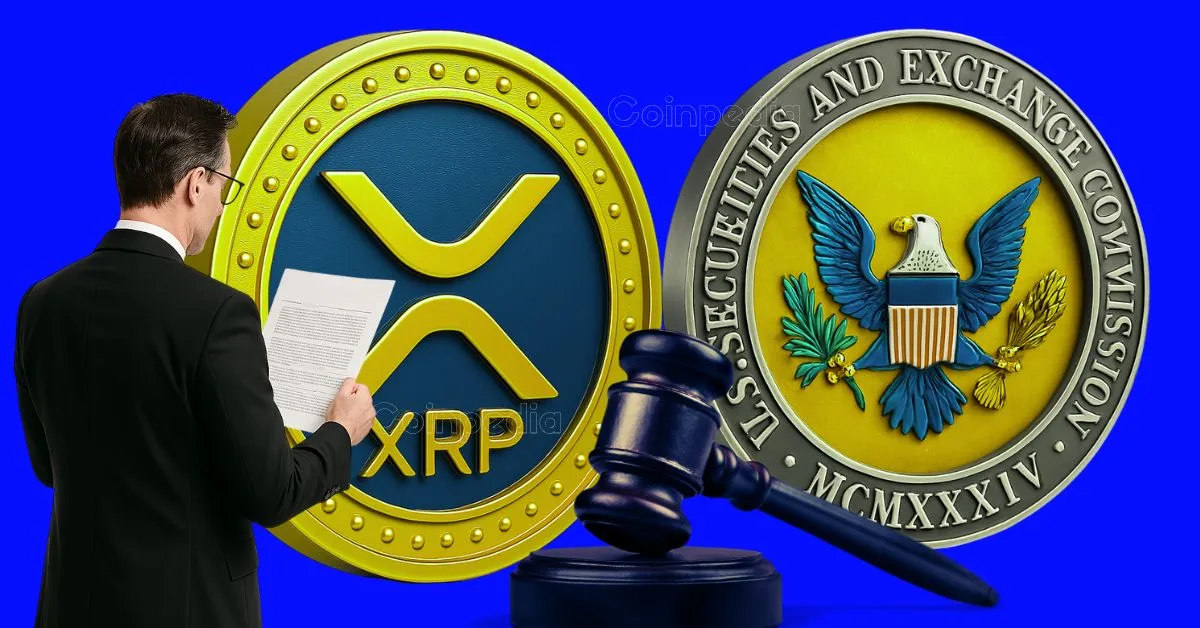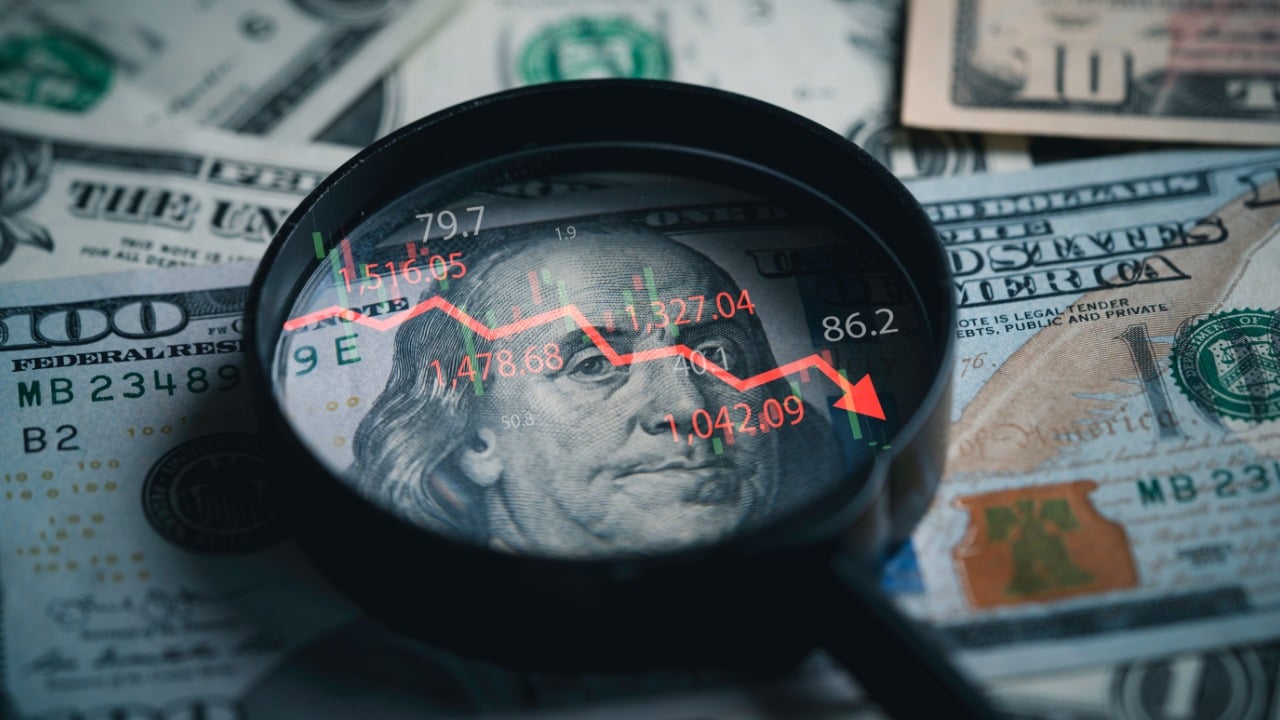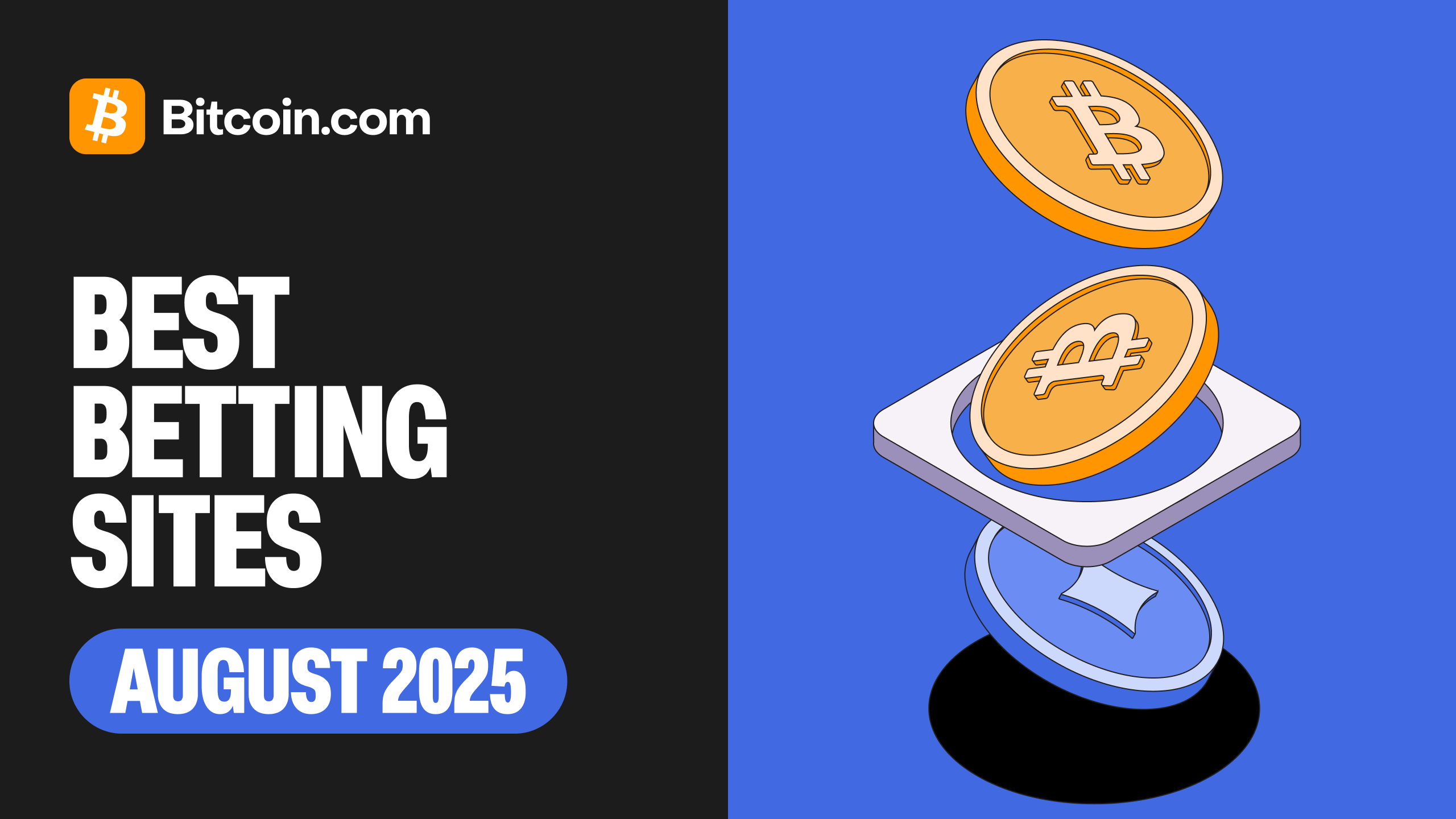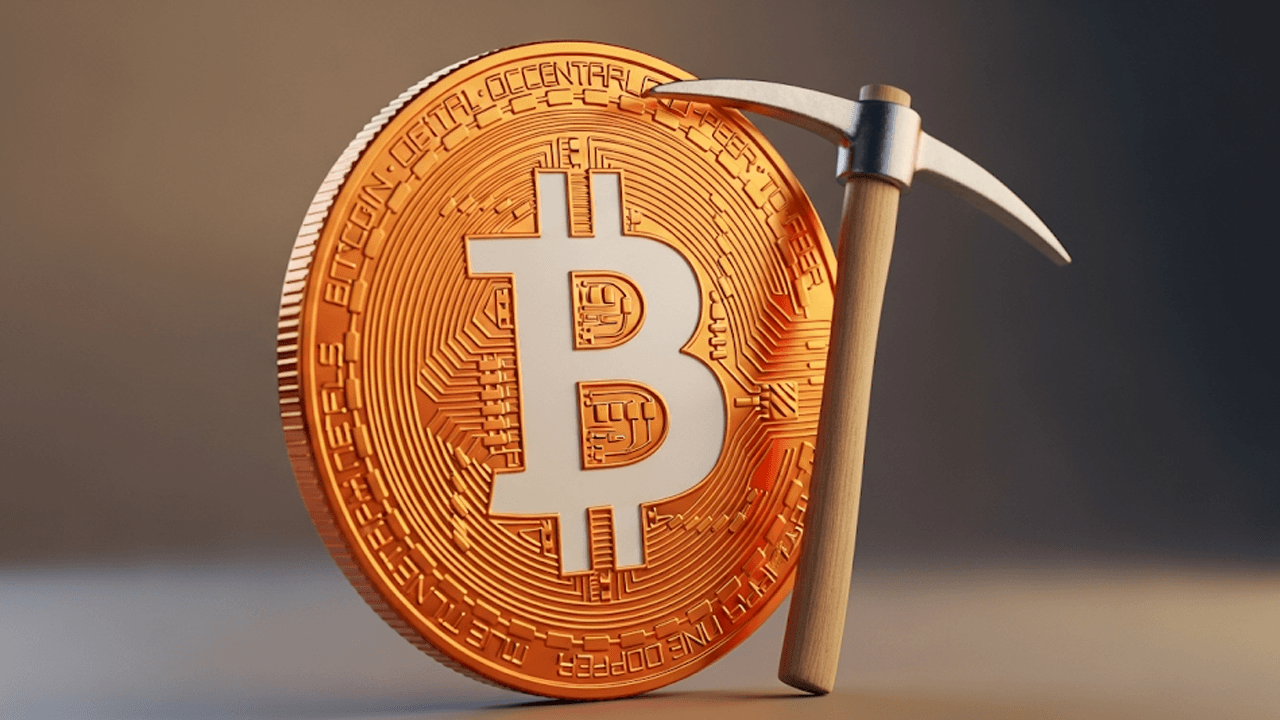The legal battle between Ripple Labs and the U.S. Securities and Exchange Commission (SEC) has taken another unexpected turn, leaving the crypto community in a state of uncertainty. The recent denial of a joint motion by both parties to settle the case has extended a dispute that has already spanned over four years. This decision has far-reaching implications, not only for Ripple and its cryptocurrency XRP but also for the broader digital asset landscape. As the timeline for resolution stretches further into the future, it is crucial to understand the events leading up to this point, the reasons behind the judge’s decision, and the potential outcomes that lie ahead.
The origins of this legal saga trace back to late 2020 when the SEC filed a lawsuit against Ripple Labs, alleging that the company’s sale of XRP constituted an unregistered securities offering. Since then, the case has been marked by a series of victories and setbacks for both sides. In 2023, Judge Analisa Torres delivered a significant ruling, stating that XRP sales to the public on exchanges did not qualify as securities transactions, while institutional sales did. This partial victory for both parties left the case unresolved, with substantial legal matters still pending.
In a recent development, Ripple and the SEC attempted to bring the case to a close by proposing a settlement that would reduce Ripple’s penalty from $125 million to $50 million and lift certain restrictions on XRP sales. This proposal fueled optimism among investors and traders, who hoped for a swift resolution. However, Judge Torres denied the joint motion, citing procedural impropriety. The judge emphasized that the court could not endorse a negotiated outcome on these terms after the final judgment without a solid legal foundation. Consequently, Ripple remains subject to the $125 million penalty, and the permanent injunction on certain XRP sales remains in effect.
The immediate market reaction to the denial was swift and negative, with XRP’s price experiencing a downward slide. This volatility is not surprising, given the high stakes and the prolonged uncertainty surrounding the case. For traders and investors, the setback was a significant blow, as they had anticipated regulatory clarity. The broader crypto market also felt the ripple effects, as the case’s outcome has implications for other digital assets that may fall into similar legal gray areas.
Legal analysts have been quick to weigh in on the significance of the judge’s decision and the potential paths forward. Fred Rispoli, a prominent attorney in the crypto space, noted that both Ripple and the SEC must submit a joint status report to the Second Circuit Court of Appeals in August. This report will outline each side’s intentions regarding further appeals or renewed settlement negotiations. If either party decides to pursue an appeal, the timeline for resolution could extend well into 2026 or even 2027. Alternatively, if both sides can reach a new settlement that meets the court’s procedural requirements, a resolution may be possible before then, although this remains uncertain.
Looking ahead, several potential scenarios could unfold in the courtroom. First, either Ripple or the SEC, or both, could choose to appeal the court’s prior rulings. Appeals are complex and time-consuming, and they could elevate the stakes by bringing precedent-setting questions about the legal status of crypto assets under securities law into the spotlight. Second, both parties may file a new motion that addresses the court’s procedural and jurisdictional concerns, potentially leading to a negotiated settlement. However, this path is fraught with challenges, as the court has made it clear that any proposed settlement must be legally sound and justified. Third, if neither side can agree on a new proposal or muster a convincing argument, the existing judgment will remain in place, leaving Ripple to operate under the court’s constraints and the SEC’s victory on institutional sales intact. Finally, the market implications of this prolonged uncertainty are significant. XRP’s price may continue to experience volatility, and other crypto projects with tokens in similar legal gray areas will face regulatory limbo.
Ripple’s legal strategy is now at a critical juncture. The failed joint motion highlights the delicate balance Ripple and the SEC must strike. Both parties have incentives to resolve the case quickly: Ripple seeks business certainty and market access, particularly in the U.S., while the SEC aims to assert its authority over digital assets. However, the path to settlement is fraught with procedural hurdles. Courts do not simply rubber-stamp deals; they require sound legal justification. Former SEC lawyers have suggested that Ripple’s best course of action may be to craft a more robust motion that addresses the court’s concerns, although this may require public concessions that Ripple is reluctant to make.
The implications of this case extend far beyond Ripple and XRP. The lawsuit has become a bellwether for how the U.S. legal system will address crypto assets, new forms of fundraising, and innovative financial technologies. The denial of the joint motion underscores the lack of regulatory clarity in the crypto space, which is often driven by court orders rather than comprehensive legislation or agency rulemaking. Many startups and investors are closely watching the next phase of the lawsuit for signals about compliance, enforcement risk, and the prospects for future innovation.
In response to the recent developments, Ripple’s leadership has reaffirmed its commitment to arguing for XRP’s legal status and pushing back against what it describes as regulatory overreach. The company has emphasized its confidence in prior court findings that favored Ripple on retail XRP sales while criticizing the delays caused by continued litigation. However, the reality is that ongoing appeals or motions mean continued expense, operational restrictions, and business uncertainty. For companies operating in the U.S. crypto space, the Ripple case serves as a cautionary tale, highlighting the slow, complex, and unpredictable nature of regulatory and judicial processes.
In conclusion, the denial of the Ripple-SEC joint motion is a significant setback that prolongs the uncertainty surrounding the case. The next critical juncture arrives in August when both parties must declare their intentions to the appeals court. If no solution emerges, the path forward will likely involve appeals and potentially years of further litigation before final answers are reached. For Ripple, the costs are clear: continued uncertainty, business limitations, and a tense standoff with the SEC. For the SEC, the case is a test of its approach to digital assets, as well as a reminder of the judicial scrutiny its claims will face. For the broader crypto industry, investors, and observers, the result is another lesson in the complexity and inertia of the U.S. regulatory system. The Ripple-SEC showdown is far from over, and its importance only grows with time. As the case drags into late 2025 and likely beyond, the rest of the digital asset world remains caught in its wake, hoping that, someday, legal clarity will finally arrive.





